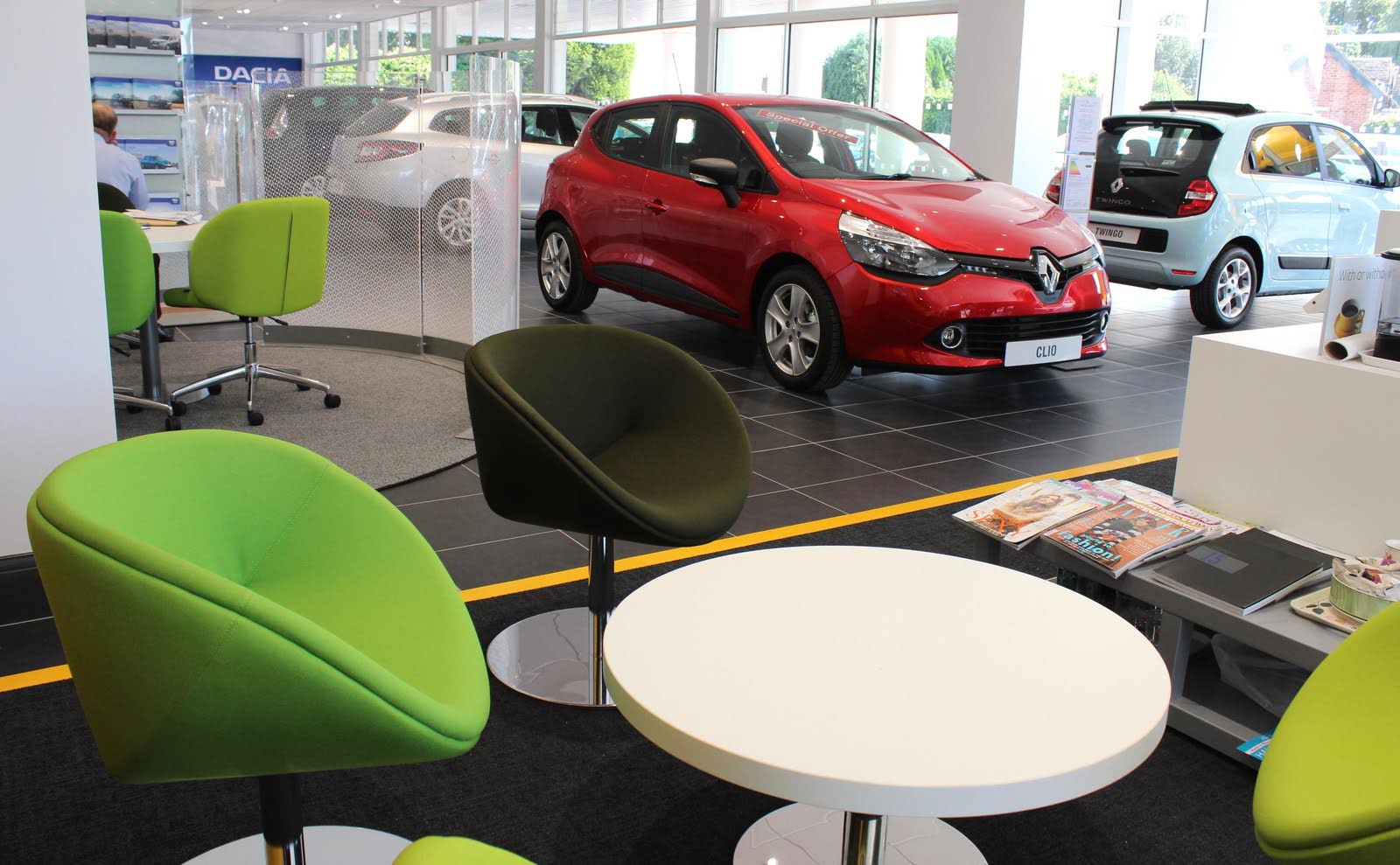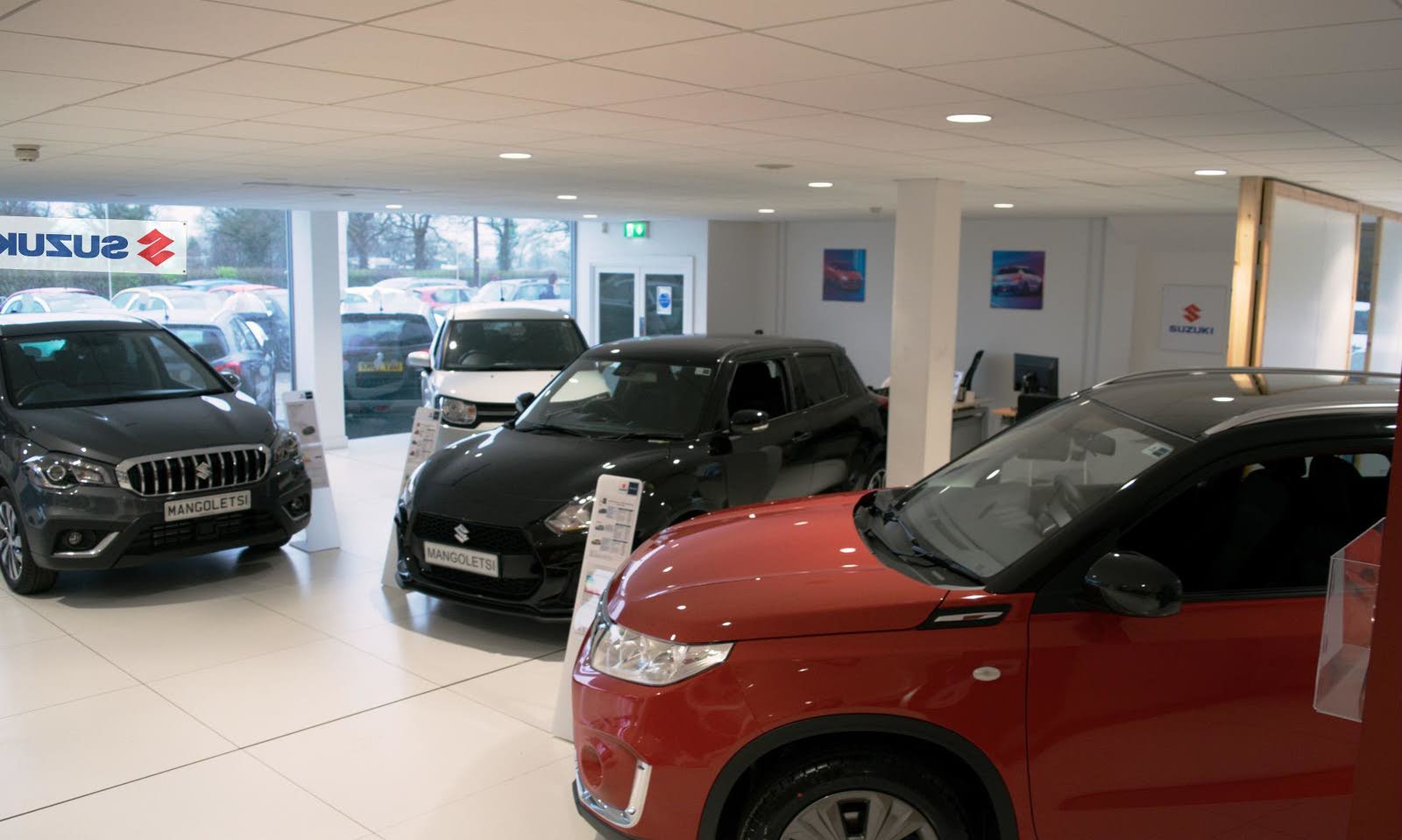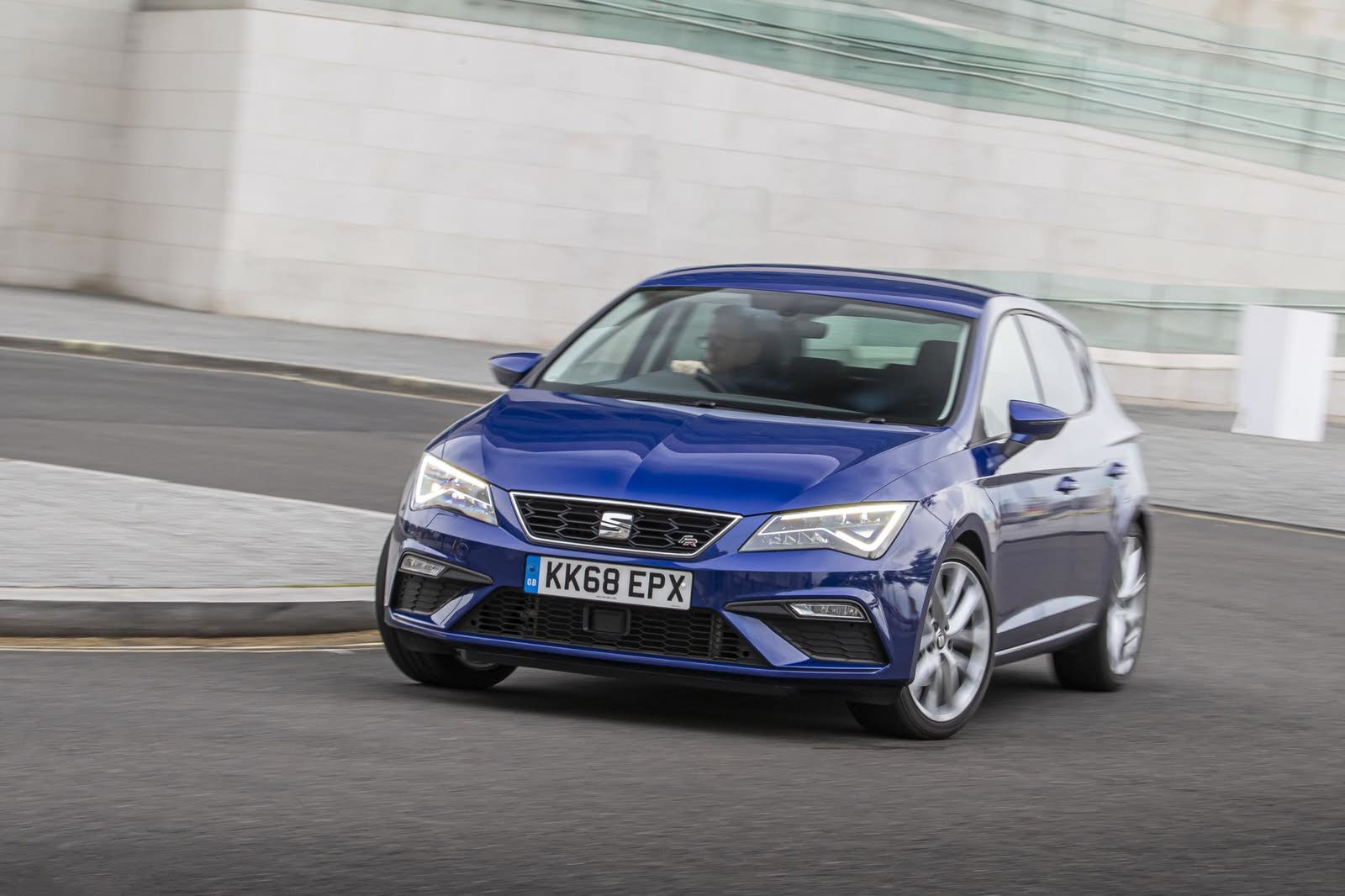After a house, a new car is quite likely the second biggest purchase you will ever make, especially if you're talking brand new, rather than a used car.
But that doesn’t mean it needs to be daunting. Here at CarGurus, we’ve broken the process down into a few logical steps, so even if you don't know a Citroen from a Kia, you can buy your next car with as little confusion and hassle as possible.
Whether you need to decide on what the right car is for your needs or you want to know about how to secure a good deal, this guide is here to help.

Decide How You Want to Pay
Not so long ago, the accepted wisdom when it came to new cars was that buying outright, rather than opting to use finance, was most likely to net you the best price, and it wouldn’t saddle you with a high interest rate.
Then along came Personal Contract Purchase (PCP) financing, and so the logic changed. In a nutshell, PCP allows car buyers to take out finance not on the full value of the car, but on its predicted depreciation over a predetermined period of time. This is inevitably a smaller figure, meaning monthly payments are reduced, which in turn allows you to shop for cars from the class above what you might otherwise be able to afford.
Throw in the fact that you can also change to a brand new car every two or three years, and it’s easy to see why about 80% of new cars in the UK are bought using PCP finance deals.
That’s not to say you shouldn’t also consider buying outright or other types of finance such as a personal car loan or hire purchase. Or, for that matter, leasing rather than buying. The main thing is that you should understand the advantages and drawbacks of each option, which is where our guide to car finance will help.
Remember too that checking the CarGurus listings to see if any dealers are offering nearly new models at heavily discounted prices is always worth your while, because buying a car with a few hundred miles on the clock can often save you thousands of pounds upfront. And don't forget to consider whether you want to part-exchange your old car.

Start the Search
The new car market today offers you more choice than ever. There are not only more than 30 different manufacturers to consider, but each of these has a range that will often include dozens of models spanning everything from city runabouts and hatchbacks to sports cars and SUVs, and from petrol and diesel to electric cars and hybrids.
If that wasn’t confusing enough, the trend in recent years has been to cross-pollinate these segments to create even more choice, which is how you end up with plug-in hybrid sports cars or diesel SUVs that look like coupes.
In the grand scheme of things, such extensive choice can only be a good thing for you as a buyer, but it can also make the initial choice of what car to buy appear bewildering. That’s where expert reviews can help, whether it’s watching them on YouTube, reading them on websites, or going to the shops and picking up a magazine. With a bit of effort spent on research, you'll soon know your BMW from your Audi, or your Vauxhall from your Volkswagen.
Many of these allow you to search not only by make or model, but by vehicle or fuel type as well. Then it’s a case of prioritising what matters most to you, whether it’s acceleration, a big boot, low emissions or fuel economy. Remember to think about running costs too, as even a cheap car will attract Vehicle Excise Duty (often known as road tax or car tax) and car insurance costs.
One thing you can be sure of is that there will be a model to suit your needs – you just have to find it.

Narrow Down Your Options
Chances are your search will lead you to more than one potential option, in which case you need to start getting picky. A key differentiator between brands is the technology they use, particularly with the proliferation of touchscreens in recent years. At their best, these can integrate lots of useful functions in a logical way. At their worst they can be confusing to navigate and slow to respond, so take your time to explore how the various functions work.
Also, if you want to use your smartphone to make hands-free calls or listen to your music collection while on the move, look for a model with Apple CarPlay or Android Auto for the best functionality.
Meanwhile, on the practical side, don’t just consider how a car looks, but also whether that sleek roofline or panoramic sunroof robs it of vital headroom. And if you regularly carry large items in the boot, take them along to the dealership to check that they fit inside the car.

Safety Matters
Another significant advantage of buying a new car, rather than a used one, is that it will boast the latest safety features, whether they protect occupants or pedestrians in the event of a crash or use technology to prevent that crash from happening in the first place. To check how safe a car is, you can search for its score on the Euro NCAP website, where the best are awarded 5 stars.
All cars now have multiple airbags and electronic stability control that can help the car recover if it begins to skid. In addition, it’s worth looking for a model fitted with autonomous emergency braking. Manufacturers call this different things, such as “Active City Braking” or “Pre-sense,” but in essence it uses a camera or radar to monitor the road in front of the car and warn you if it detects you’re about to crash into a vehicle or, with some systems, a pedestrian or cyclist. If you do not respond, the car will then automatically apply the brakes to avoid or at least minimize the impact.
This technology has been proven so effective at reducing front-into-rear crashes that it can lower a car’s insurance grouping by 10 places—and that in turn means you’ll pay less for insurance.

Take It for a Spin
While it’s true that there aren’t any objectively bad new cars on sale today, there is still a big difference between the best and the rest, meaning a test drive remains a crucial part of the car-buying process.
This is your chance to see if the performance of your shortlisted cars lives up to expectations. You’ll want at least an hour to get a decent idea of whether a car is right for you, and remember to start with the basics.
First, check that you can find a comfortable driving position. Ensure visibility is adequate (particularly when parking), see how smoothly the engine pulls and the gears change, and make sure the car’s steering isn’t too heavy to operate or slow to react. Also remember to think about how well the suspension absorbs bumps in the road, and listen for excessive roar from the tyres, particularly if you do a lot of motorway driving.

Doing the Deal
So you’ve found the car of your dreams, and it’s within your budget. But before you get the credit card out, it’s time to haggle in a polite but firm way, a tactic that often pays off, even if it’s just a free tank of fuel.
Don’t let your haggling centre solely on the car, either, because with long-term budgeting in mind, it’s often worth adding a manufacturer’s servicing plan into the deal, for which you pay a fixed fee to cover scheduled maintenance for the first three or even five years.
Other optional extras that a retailer will often try to sell you include gap insurance and paint protection, but you might find that these can be sourced more cheaply online.
Follow these tips and you’ll find that buying a new car can not only be surprisingly cost-effective, but can also carry the advantage of including a comprehensive warranty for at least the first three years, should anything go wrong. All of which will leave you free to leave the showroom behind and focus your time on trying to remember the numberplate of your new car.
